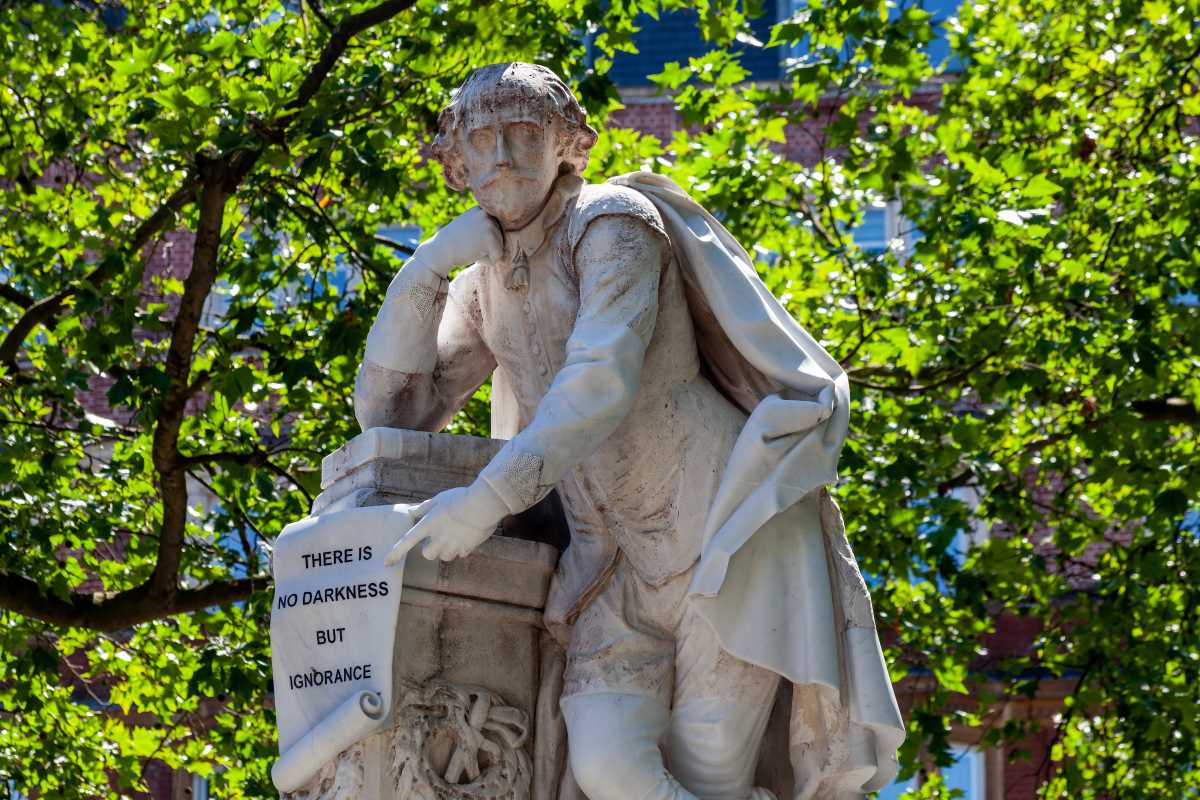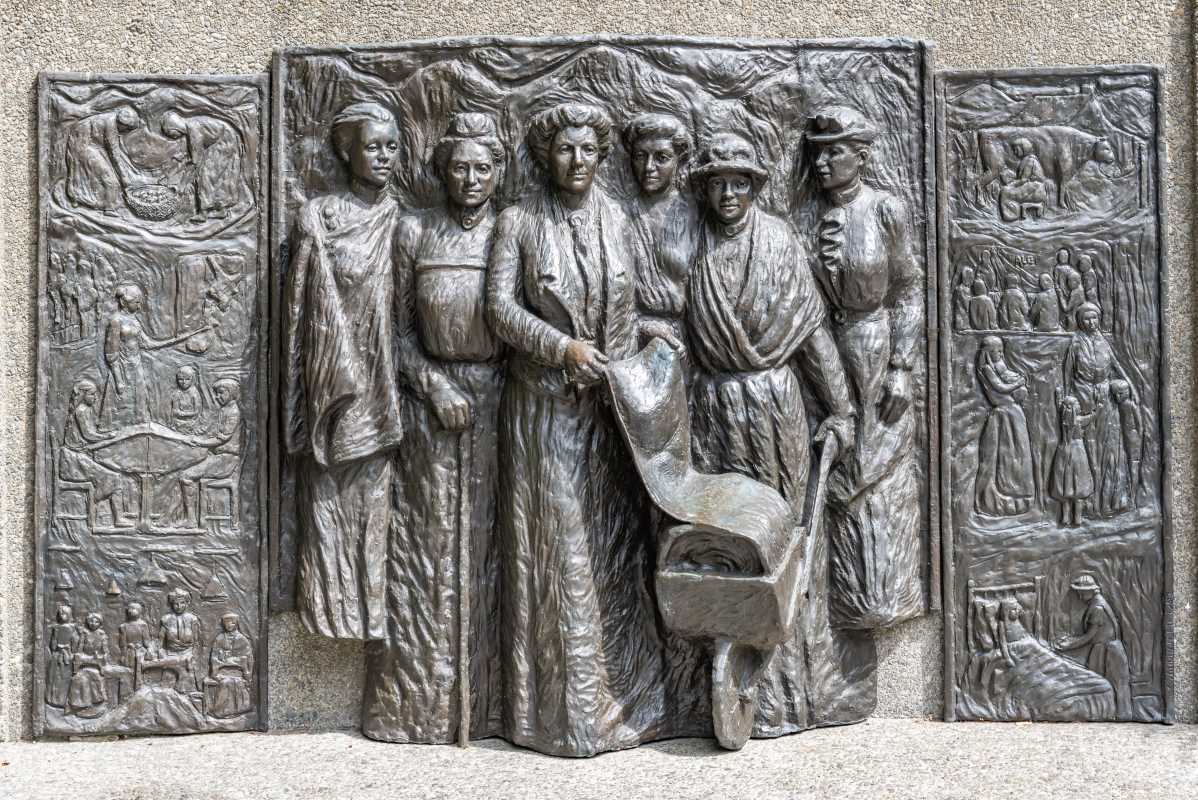When the Founding Fathers gathered to lay the foundation for what would become the United States, they faced a series of difficult and often contentious debates. From how to structure the government to the tricky issues of states' rights and individual freedoms, their discussions shaped the framework of a new nation. These weren’t simple or straightforward decisions, and the heated arguments reflected the complex, diverse perspectives that existed among these early leaders.
More than two centuries later, the debates of the Founding Fathers continue to echo in today’s political and social landscape. Issues like the balance of power between the federal government and states, the role of individual rights, and even the structure of the electoral process remain central to American democracy. By understanding these early discussions, we can better grasp how their decisions impact us today and why some of these debates still spark heated conversations.
Designing the Government: Federalists vs. Anti-Federalists
One of the biggest and most critical debates among the Founding Fathers revolved around how the government should be structured. At the heart of this discussion was the tension between those who supported a strong central government and those who favored more power for individual states.
The Federalists’ Vision of a Stronger Federal Government
The Federalists, led by figures like Alexander Hamilton, James Madison, and John Jay, argued that a strong federal government was necessary to provide stability and unity. After the chaos and inefficiency under the Articles of Confederation, they believed that a more centralized government could handle national concerns like defense, trade, and foreign policy more effectively.
To promote their ideas, they wrote a series of essays known as The Federalist Papers. These essays outlined their vision of a strong executive branch, a bicameral legislature, and an independent judiciary, all designed to work together but also check each other’s power.
The Anti-Federalists’ Push for States’ Rights
The Anti-Federalists, on the other hand, feared that a powerful federal government would trample over individual liberties and state autonomy. Leaders like Patrick Henry and George Mason were concerned that centralizing too much power would lead back to the kind of tyranny they had fought to escape during the Revolution. They argued for a decentralized system where states retained authority over most matters.
The Compromise
The debate between Federalists and Anti-Federalists culminated in compromises that shaped the U.S. Constitution. The balance of power between federal and state governments, known as federalism, became one of the core principles of the Constitution. The Bill of Rights, which guarantees individual freedoms, was added to address Anti-Federalist concerns. Today, this tension still exists, as debates over issues like healthcare, education, and gun rights often pit federal authority against state independence.
Representation and the Great Compromise
Another fierce debate centered on representation in the new government. Larger states wanted representation based on population, while smaller states feared being overshadowed and pushed for equal representation.
The Virginia Plan vs. The New Jersey Plan
Delegates from Virginia proposed a plan where representation in Congress would be proportional to a state’s population. This idea made sense to larger states like Virginia and Pennsylvania, which had more people and, as a result, more economic and political power.
Smaller states like New Jersey pushed back, proposing a plan where each state, regardless of size, would have an equal vote. This would ensure that smaller states still had a voice in government.
The Birth of the Bicameral Legislature
The solution, known as the Great Compromise, created a bicameral legislature. The Senate would have equal representation, with two senators per state, while the House of Representatives would have proportional representation based on population. This system of Congress remains in place today and embodies the principle of balancing population-based interests with equal representation for all states.
The Electoral College Debate
The debate over representation extended into the method of electing the president. Some wanted Congress to choose the president, while others argued for direct election by the people. The compromise led to the creation of the Electoral College, a system that continues to spark debates about fairness and representation.
Slavery and the Three-Fifths Compromise
Perhaps the most morally challenging and divisive debate among the Founding Fathers was over slavery. While many Northern leaders were uncomfortable with slavery, they were willing to compromise to ensure the Southern states joined the Union.
Counting Slaves for Representation
The question of whether enslaved people should count as part of a state’s population for representation in Congress was hotly contested. Southern states, where slavery was integral to the economy, wanted enslaved individuals counted to increase their power in the House of Representatives. Northern states objected, arguing that enslaved people, who weren’t considered citizens and couldn’t vote, shouldn’t be included in population counts.
The infamous Three-Fifths Compromise was the result. It determined that each enslaved individual would count as three-fifths of a person for the purposes of both representation and taxation. While this compromise temporarily resolved the debate, it entrenched the system of slavery and highlighted the deep divisions that would eventually lead to the Civil War.
The Legacy of the Compromise
The failure to fully address slavery during the Constitutional Convention had lasting consequences. Issues surrounding racial inequality and civil rights persisted long after slavery's abolition, and remnants of these systemic inequities are still being addressed today.
Checks and Balances
The Founding Fathers also debated how to prevent any one branch of government from becoming too powerful. Drawing from their fears of tyranny under British rule, they were determined to build safeguards into the system.
Separation of Powers
After much discussion, they adopted Montesquieu’s idea of separating powers among three branches of government:
- Legislative: Makes the laws (Congress).
- Executive: Enforces the laws (President).
- Judicial: Interprets the laws (Supreme Court).
Each branch was given specific powers and responsibilities, ensuring a division of authority.
Checks and Balances in Practice
To ensure these branches could keep each other in line, the Founding Fathers built a system of checks and balances. For instance, the president can veto laws passed by Congress, but Congress can override the veto with a two-thirds majority. Similarly, the Supreme Court can strike down laws it deems unconstitutional.
This system has been crucial in maintaining a balance of power, but it has also been a source of ongoing debate, as modern issues test the limits of executive orders, judicial rulings, and Congressional authority.
Why These Debates Still Resonate
The Founding Fathers’ debates continue to shape contemporary discussions about governance, democracy, and fairness. Their decisions laid the groundwork for a political system that can adapt to new challenges—but also one that continually revisits old tensions.
Federal vs. State Authority
Controversies over healthcare, abortion rights, and election laws often reignite the debate over federal vs. state control. The core question remains the same as it was in the 18th century: how much power should the federal government have, and where do states draw the line?
Representation and Equity
Questions of representation remain at the forefront of political discussions. Debates over the Electoral College, gerrymandering, and voting rights echo the disputes over fair representation during the Constitutional Convention.
Individual Rights
The tensions between individual freedoms and government control continue to drive debates over gun rights, privacy, and free speech. The Bill of Rights, born from those early compromises, serves as both a guide and a battleground for these issues.
 (Image via
(Image via





